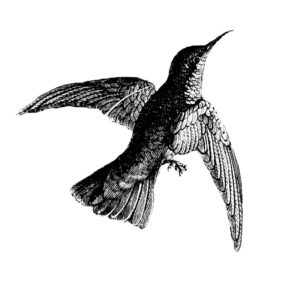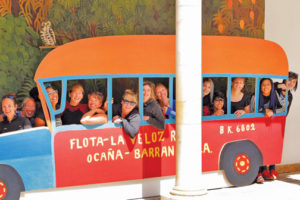By Mike Rosso
Confession: I enjoy trains – a lot.
I’ve been aboard most of the tourist trains in Colorado, and was lucky enough to hear John McCutcheon sing City of New Orleans in the original Illinois Central club car, chugging down the west side of La Veta Pass one rainy summer afternoon. Sometimes I’ll even get nostalgic about the acrid coal smoke of the Durango & Silverton Narrow Gauge R.R. I was forced to inhale when I owned a downtown business there. I’ve also awoken to coal cars rumbling through downtown Paonia in the middle of the night.
I’ve travelled on Amtrak’s Southwest Chief, as well as the California Zephyr. I’ve ridden the rails from La Junta to Penn Station in New York, and from Grand Junction to Emeryville, California.
There were the trains throughout Europe – through the Swiss Alps to Southern Italy and from Freiburg, Germany, to Prague, in the Czech Republic.
This magazine is even named after a railroad. The Colorado Central was a U.S. railroad company that operated in Colorado and southeastern Wyoming in the late 19th century.
Something about the rhythm of the rails puts me in a state of meditation like little else. Staring out a big glass window as the landscape rolls by can induce a dreamlike state. No traffic, no drivers cutting you off, no semis whizzing past at 75 mph.
After moving to Salida in 2001, I was excited the rails through town were still intact, giving me, realistically or not, the hope that maybe someday, we’d again hear the whistle of a train echoing across the valley. Occasionally I actually do hear a faint ghost whistle here, and wonder at the source.
[InContentAdTwo]
I also enjoy spotting the old railbeds that crisscross the region, such as the one that follows Poncha Pass to the San Luis Valley, and the engineering marvel that was the Marshall Pass run. There is the ghost railbed that travels up through Maysville, revealing a short section across from the Monarch Lodge that served the quarry up Monarch Pass. There’s also Railroad Gulch, on the edge of Browns Canyon, north of Salida.
Sometimes I’ll stop and gaze at these railbeds, trying to picture an old steamer, chugging up the grade, well-dressed passengers and cargo in tow. Often I reflect that maybe I was born in the wrong era.
The remains of the old Texas Creek line have intrigued me for some time, so it was great fun to explore the area with Forrest Whitman, an authentic railroader, who authored the article in this issue about that run.
The next time you’re out on a drive around the state, keep an eye out for these relics of a bygone day, which contributed so much to the settlement of the West and set the stage for the modern Colorado we live in now.


